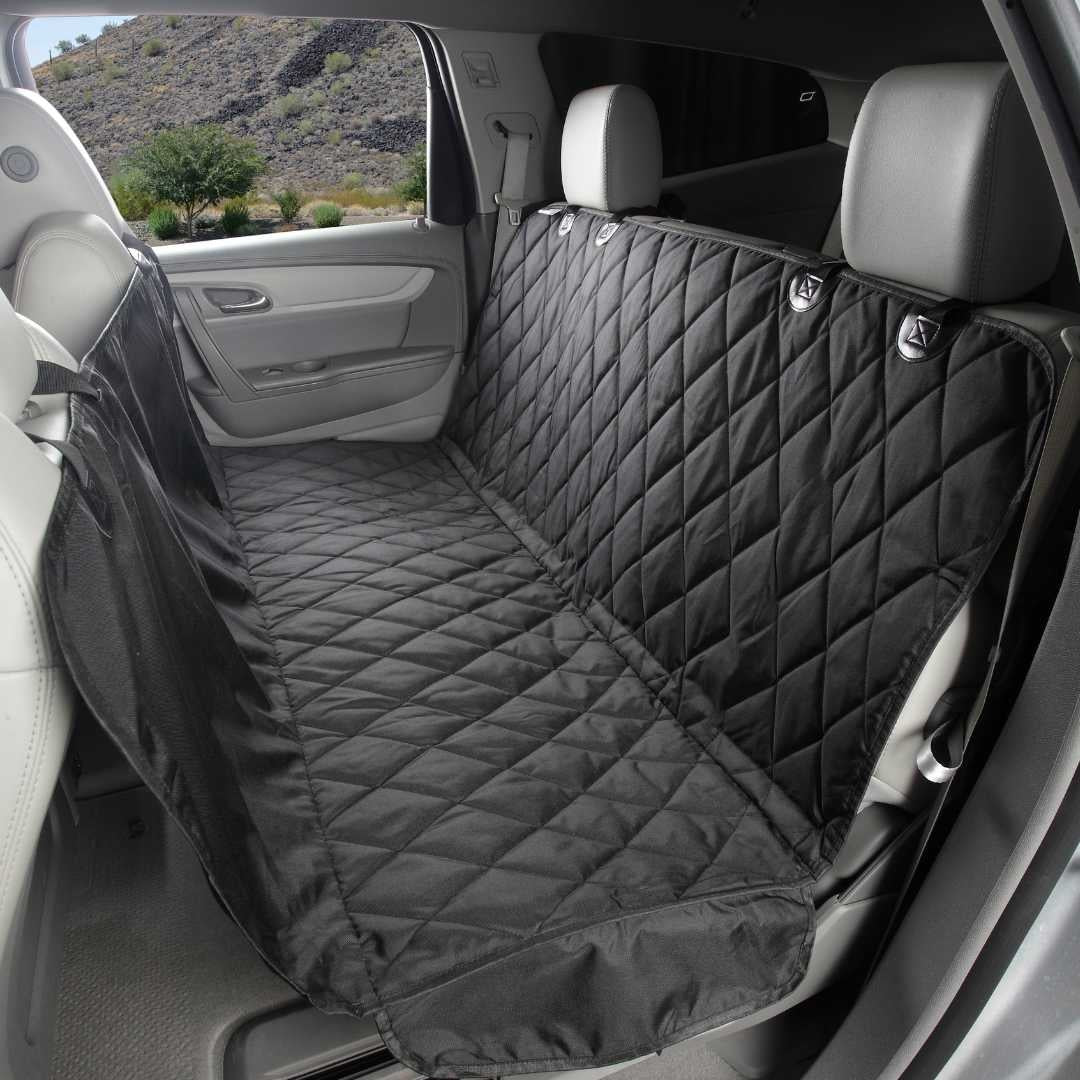Did you know that one of the most important ways to prevent your dog from developing arthritis is healthy weight maintenance?
How and Why Your Dog’s Weight Impacts Dog Arthritis:
Aging is an inevitable process happening in all animals, so the development of disease conditions that commonly occur during adult and senior years is unavoidable.
One such condition is osteoarthritis (OA), which affects nearly all aging dogs at some point in their lives. Arthritis isn’t exclusively a senior canine condition, as painful joint inflammation can occur at any point in a dog’s life.
Yet, owners can take steps to reduce the likelihood their canine companion will suffer from arthritis pain. My top recommendations are maintaining a lifelong healthy body weight, avoiding trauma injury, and starting multi-modal pain management protocol early in life.
How to Maintain a Healthy Body Weight to Help Arthritis in Dogs:
Owners often show their love by giving their pets food and treats, but obesity can inadvertently result from the effort put into bonding with one’s canine or feline companion with a caloric offering.
The combination of excess calories and insufficient exercise has created a pet-obesity epidemic. In the United States, over 54% of cats and dogs (approximately 98 million pets) are overweight or obese according to the Association for Pet Obesity Prevention (APOP). Arthritis, high blood pressure, heart and lung problems, diabetes, hypothyroidism, inflammatory bowel disease, cancer, and other ailments can be avoided or minimized if pets maintain a normal body condition score (BCS) on a lifelong basis.
We all know that the scale reflects a numerical value of our weight, but how does the pounds or kilograms reading relate to body composition? Being aware of what your pooch weighs is helpful, but his weight should be paired with a BCS as determined by your veterinarian.
How To Know if Your Dog is Overweight or an Ideal Weight:
The Nutritional Support Services at The Ohio State University College of Veterinary Medicine created the Body Condition Scoring Chart to show owners the physical characteristics that classify their pet as emaciated, obese, or somewhere in between.
1= Emaciated:
Ribs, lumbar vertebrae, pelvic bones and all body prominences evident from a distance. No discernible body fat. Obvious absence of muscle mass.
2= Thin:
Ribs easily palpated and may be visible with no palpable fat. Tops of lumbar vertebrae visible. Pelvic bones less prominent. Obvious waist and abdominal tuck.
3= Moderate:
Ribs palpable without excess fat covering. Abdomen tucked up when viewed from side.
4= Stout:
General fleshy appearance. Ribs palpable with difficulty. Noticeable fat deposits over lumbar spine and tail base. Abdominal tuck may be absent.
5= Obese:
Large fat deposits over chest, spine and tail base. Waist and abdominal tuck absent. Fat deposits on neck and limbs. Abdomen distended.
How to Help Your Dog Lose Weight:
If your pet’s BCS is 4 or above, then consult with your veterinarian to create a weight loss plan. Besides determining the number of calories your pet should eat per day to attaining a slimmer weight, your veterinarian may need to perform diagnostic testing (blood, urine, and fecal tests, x-rays, ultrasound, etc.) to determine if glandular diseases (hypothyroidism, Cushing’s disease, diabetes, etc.), cancer (fatty tumors, masses in the spleen or liver, etc.), or other conditions are contributing to BCS scores of 4 and 5.
It’s always better to prevent a pet from becoming overweight, as its harder to promote weight loss than weight gain. My general recommendations for feeding paunchy pooches include:
- Reduce consumption of dry pet food (kibble) by incorporating moisture, fiber, and nutrient-rich whole foods (fruits, vegetables, etc.) into your pet’s diet. Better yet, feed a diet exclusively made from human-grade, whole foods instead of commercially available feed-grade, highly-processed meals.
- Decrease portion size by 25-33% (1/4 to 1/3 less at each meal). Commonly, owners will feed at the upper end of or more than the recommended feeding quantity as listed on the food container and not recognize that additional calories are being served.
- Use a metric measuring cup to precisely determine the portion of your dog’s food.
- Increase frequency of feeding, such as three to four smaller portions instead of feeding one or two larger meals per day. Smaller portions are typically easier to digest than large volumes and promote more regular digestive tract function.
The practice of calorie restriction is a proven life-changer, as research has shown that dogs consuming diets having 25% fewer calories live two years longer and suffer fewer obesity-related health problems than those lacking calorie control (see Effects of diet restriction on life span and age-related changes in dogs).
Additionally, The American Kennel Club Canine Health Foundation stresses the importance of maintaining a healthy weight and exercise program as one strategy to help prevent Cruciate Ligament Rupture.
Do what’s best for you pet by starting calorie control when your puppy or kitten becomes an adult to extend their longevity and promote a better quality of life.
 Patrick Mahaney
Patrick Mahaney
Dr. Patrick Mahaney VMD, CVA, CVJ is a veterinarian and certified veterinary acupuncturist providing services to Los Angeles-based clients both on a house call and in-clinic basis. Dr. Mahaney’s unique approach integrating eastern and western medical perspectives has evolved into a concierge house call practice, California Pet Acupuncture and Wellness (CPAW), Inc. Additionally, Dr. Mahaney offers holistic treatment for canine and feline cancer patients at the Veterinary Cancer Group (Culver City, CA).




 Patrick Mahaney
Patrick Mahaney


